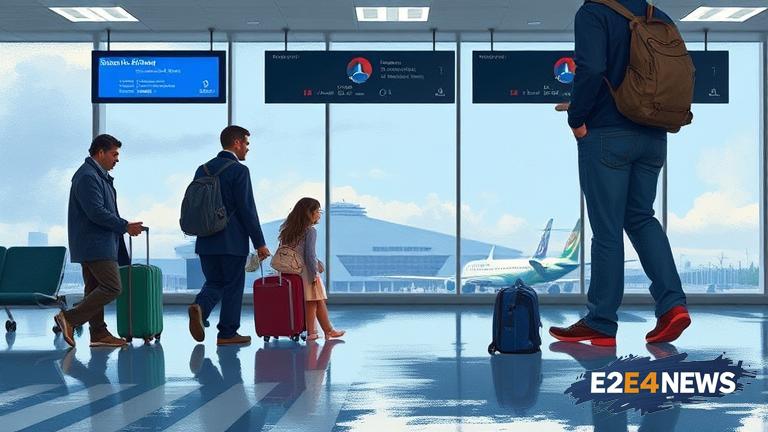The Transportation Security Administration (TSA) has announced the end of its policy requiring passengers to remove their shoes at airport security checkpoints. This move marks a significant shift in air travel security protocols, which have been in place since the early 2000s. The policy change is a result of advancements in security technology and a reevaluation of the agency’s approach to passenger screening. The TSA has implemented new, more efficient screening methods, including the use of advanced imaging technology and artificial intelligence-powered threat detection systems. These systems enable security personnel to detect potential threats without requiring passengers to remove their shoes. The change is expected to streamline the security process, reducing wait times and improving the overall travel experience. Passengers will still be required to remove electronics and liquids from their carry-on bags, but shoes, belts, and light jackets can remain on. The TSA has been testing the new procedures at several airports across the country, with positive results. The agency reports that the new system has reduced screening times by an average of 30 seconds per passenger. The policy change is also expected to reduce the amount of waste generated by discarded shoes and shoe covers. While some have expressed concerns about the potential security risks associated with the policy change, the TSA maintains that the new system is more effective and efficient. The agency has also increased the number of security personnel at checkpoints to ensure that passengers are thoroughly screened. The policy change is part of a broader effort by the TSA to modernize its security protocols and improve the passenger experience. The agency has also been working to implement biometric technology, such as facial recognition, to enhance security and streamline the screening process. As the air travel industry continues to evolve, the TSA must adapt its security protocols to stay ahead of emerging threats. The end of the no-shoes policy is a significant step in this direction, and passengers can expect to see further changes in the future. The TSA will continue to monitor and evaluate its security protocols, making adjustments as necessary to ensure the safety and security of air travel. In addition to the policy change, the TSA has also announced plans to increase its use of canine teams and other specialized security units to detect and respond to potential threats. The agency is also working to improve its communication with passengers, providing clearer guidance on security procedures and protocols. Overall, the end of the no-shoes policy marks a new era in air travel security, one that prioritizes efficiency, effectiveness, and passenger convenience.
